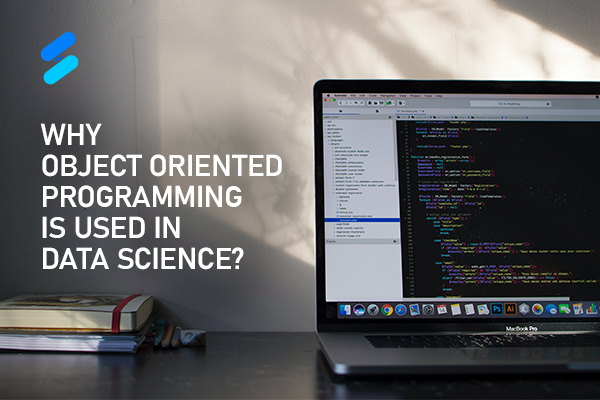Majority of programmers employ the core programming paradigm known as object-oriented programming (OOPS) at some point in their careers. The most well-known programming paradigm, OOPS, is taught as the norm for the majority of a programmer's educational career.
This programming paradigm known as OOPS (object-oriented programming) is built on the idea of "objects," which can have both code and data in the form of methods, which are frequently referred to as methods and fields.
We can build classes, make objects, and run complex programmes more easily if we know how to implement object-oriented programming. Reusing previously created code will help us become more productive and efficient as we learn to understand and execute code in that way. Additionally, it will make it easier for users to use other people's code, particularly in open-source libraries that we might want to expand to include our use cases.
OOPS seeks to structure code in such a manner that makes it reusable, maintainable, and simple to read. Two complementary organizational structures, referred to as objects and classes, are created from the code. A class is a section of code that lists particular characteristics and methods for building objects. Consider a course as a blueprint. Code pieces called objects are produced by classes. Each object has the attributes that the class has provided to it, and each of the properties might have a different value set to it. An object is, in other terms, a single, exceptional instance of a particular class. Consider a structure that was constructed from a blueprint, such as a house (the class).
The following are some major justifications for data scientists to at least have a basic understanding of OOPS:
The DRY principle (Don't Repeat Yourself) is a tenet of best practices for programming. Imagine that "data" becomes a "dataset" in the file containing the data. If the code is properly programmed, it must be thoroughly checked and replace every instance of "data" with "dataset." One would only need to alter one reference to "data" if the data were organised into classes, and they could be rest assured that all objects descended from such a class would benefit from the change.
The code will be simpler to debug if it is written utilizing OOPS principles. One may identify a bug as coming from an object's class when it starts to appear in that object. Additionally useful for debugging and adding new features, this feature. Furthermore, they can be sure that an object's code will be executed when modifications are made, leaving the rest of the code as it was. As a result, if some problem occurs, less code will be broken, making it simpler to identify and fix the issue.
To create code that is production-ready, data scientists frequently collaborate with software developers. It is sensible that data scientists learn basic OOPS abilities to facilitate the process because they have to collaborate with software engineers to generate production code. Data scientists have a wide range of backgrounds, many of which are unrelated to computer science. OOPS ideas won't necessarily be applied as a result. However, software engineers frequently use OOPS. As a result, learning the language facilitates smooth teamwork.
Advantage and disadvantage of Object Oriented Programming:
Advantages
Code that is object-oriented can be reused and extended. It will take less time to get findings if we use these methods and classes repeatedly in studies or if we use some of the current code in new projects.
If we write clear, object oriented programming, finding errors may be a lot simpler.
When code is more modular and decomposed, testing and debugging would become simpler.
Object oriented Programming or (OOPS) is used by data scientists when more than one data scientist wants to use the same codebase. OOPS gives the opportunity for parallel development among many data scientists.
Disadvantages
There might be many parts which might not be useful and by this the code base can become very large.
There is a possibility of code duplication when you start working on this project.
When using object-oriented programming, there could be a period of adjustment that can take some getting used to.
As there are often more coding lines to execute, it can lengthen the time it takes to run the code.
Conclusion:
In the end it all depends on the programmer if he wants to use Object Oriented Programming or not. It is of no doubt that OOPS or Object Oriented Programming comes with a lot of advantages. The potential to recycle and extend the code base at high speed when beginning a new project is the biggest advantage of this programming approach. Such a developed codebases enables collaboration among developers, who can utilize it to build on their work and broaden their use-cases. However, as stated earlier it all depends on the developer if they want or use it or not.









